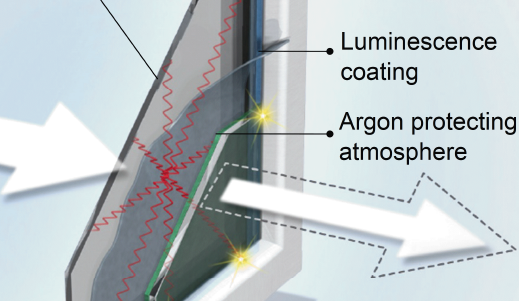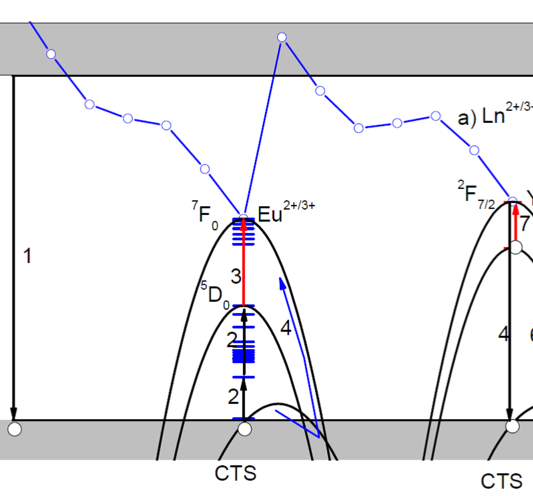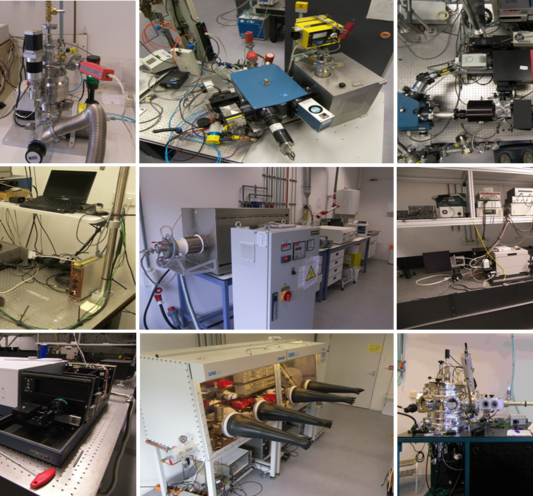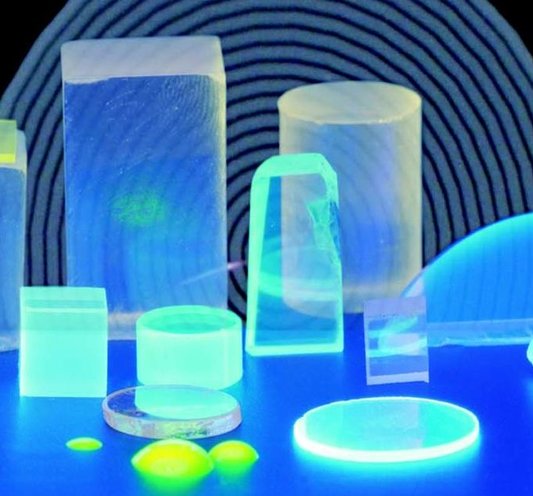The section Luminescence Materials (LM) focusses on the application and the fundamental understanding of inorganic luminescence materials. Our mission is to develop new luminescence materials by knowledge based design instead of by trial-and-error. With a variety of experimental facilities the luminescence properties can be studied over a wavelength range from the vacuum-ultra-violet to the deep infra-red at temperature between 10K and 900K and at times scales down to sub-picoseconds. Thermo-luminescence facilities enable us to study charge carrier trapping, charge carrier dynamics, and charge carrier recombination phenomena. Facilities for phosphor synthesis and magnetron sputtering of thin-film luminescence materials are available.
The main areas of research are the development of new scintillating crystals for detection of ionizing radiation as in medical imaging and treatment, or in isotope identification and security. Thin luminescence films to be applied as solar conversion layers for photo-voltaic applications in the build environment is a very active research topic. Models developed in the Dorenbos-group on vacuum referred electron binding energies in impurity levels and host band levels combined with an extensive luminescence data-base provide our tools for knowledge based design.




